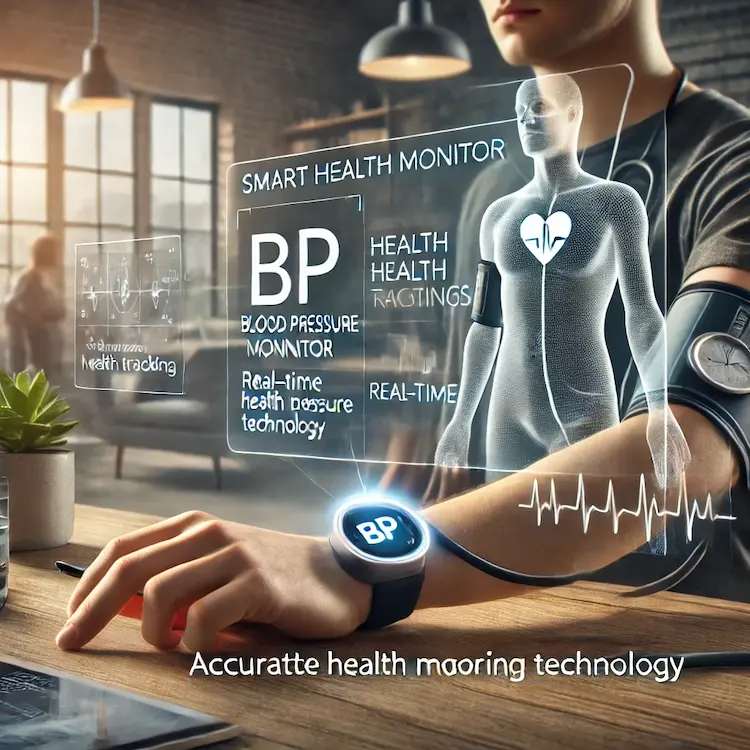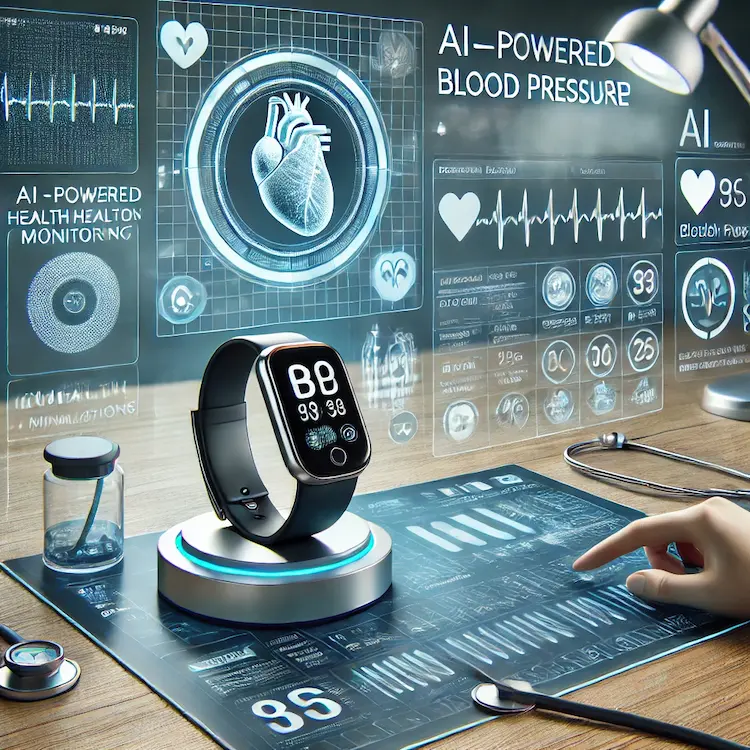Blood pressure monitoring has evolved significantly over the years, shifting from traditional sphygmomanometers to modern wearable devices that offer real-time tracking and convenience. With the increasing prevalence of hypertension and cardiovascular diseases worldwide, the need for accurate, non-invasive, and continuous monitoring solutions has never been more critical. This article explores the advancements in Sphyg and wearable blood pressure monitoring technologies, their importance, societal and health impacts, and the challenges and future of this field.
Blood pressure measurement has long relied on sphygmomanometers, which include:
Wearable devices use optical sensors, piezoelectric technology, or bioimpedance methods to estimate blood pressure non-invasively. Companies like Omron, Withings, and Aktiia are pioneering these innovations, making it possible to track blood pressure 24/7 without a cuff.

| Technology | How It Works | Advantages | Limitations |
|---|---|---|---|
| Photoplethysmography (PPG) | Uses optical sensors to detect blood volume changes | Non-invasive, continuous tracking | Susceptible to movement artifacts |
| Pulse Transit Time (PTT) | The measures time delay between heartbeat and pulse wave arrival | Cuffless integrates with smartwatches | Needs calibration, affected by vascular health |
| Bioimpedance Analysis | Analyzes electrical resistance changes in the blood | Potentially accurate, continuous monitoring | Still in research stages |
Hypertension affects 1.28 billion people worldwide, with 46% unaware they have it. Uncontrolled hypertension leads to stroke, heart attacks, and kidney disease, making early detection essential.
| Feature | Traditional Sphygmomanometers | Wearable Blood Pressure Monitors |
|---|---|---|
| Accuracy | Highly accurate (especially mercury-based) | Still improving, varies by device |
| Convenience | Requires manual use, not suitable for continuous monitoring | Hands-free, real-time tracking |
| Use Case | Primarily for clinical or home spot-checks | Ideal for daily health tracking and remote monitoring |
| Affordability | Affordable but needs maintenance (e.g., recalibration) | More expensive but offers advanced insights |
| Integration | Limited to manual record-keeping | Syncs with health apps and AI-driven analytics |
Advanced AI predicts hypertensive risks based on historical data, lifestyle factors, and real-time readings, improving early intervention.
Choose Clinically Validated Devices – Look for FDA or CE approval for reliability.
Calibrate If Required – Some wearables need occasional traditional cuff readings for accuracy.
Wear It Properly – Incorrect placement affects readings; follow manufacturer guidelines.
Track Trends, Not Just Single Readings – Long-term patterns are more valuable than isolated numbers.
Sync With Health Apps – Use Apple Health, Google Fit, or brand-specific apps for better insights.

The shift from traditional sphygmomanometers to wearable BP monitors marks a major leap in cardiovascular health management. While traditional devices remain the gold standard for accuracy, wearables provide convenience, continuous tracking, and AI-driven health insights. The future promises greater accuracy, deeper integration with AI, and enhanced preventive healthcare strategies. As technology advances, wearable BP monitors will play a vital role in early hypertension detection and management, ultimately reducing cardiovascular disease burden worldwide.
If you’re hypertensive, consider a clinically validated wearable BP monitor for daily tracking.
If you’re a healthcare provider, explore how wearables can aid remote patient monitoring.
If you’re a researcher or developer, work towards improving wearable BP accuracy and AI integration.